my dataframe urm has a shape of (96438, 3)
user_id anime_id user_rating
0 1 20 7.808497
1 3 20 8.000000
2 5 20 6.000000
3 6 20 7.808497
4 10 20 7.808497
i'm trying to build an item-user-rating matrix :
X = urm[["user_id", "anime_id"]].as_matrix()
y = urm["user_rating"].values
n_u = len(urm["user_id"].unique())
n_m = len(urm["anime_id"].unique())
R = np.zeros((n_u, n_m))
for idx, row in enumerate(X):
R[row[0]-1, row[1]-1] = y[idx]
if the code succes the matrix looks like that : (i filled NaN with 0)
with in index user_id, anime_id in columns and rating for the value (i got this matrix from pivot_table)
is in some tutorial it works but there i got an
---------------------------------------------------------------------------
IndexError Traceback (most recent call last)
<ipython-input-278-0e06bd0f3133> in <module>()
15 R = np.zeros((n_u, n_m))
16 for idx, row in enumerate(X):
---> 17 R[row[0]-1, row[1]-1] = y[idx]
IndexError: index 5276 is out of bounds for axis 1 with size 5143
